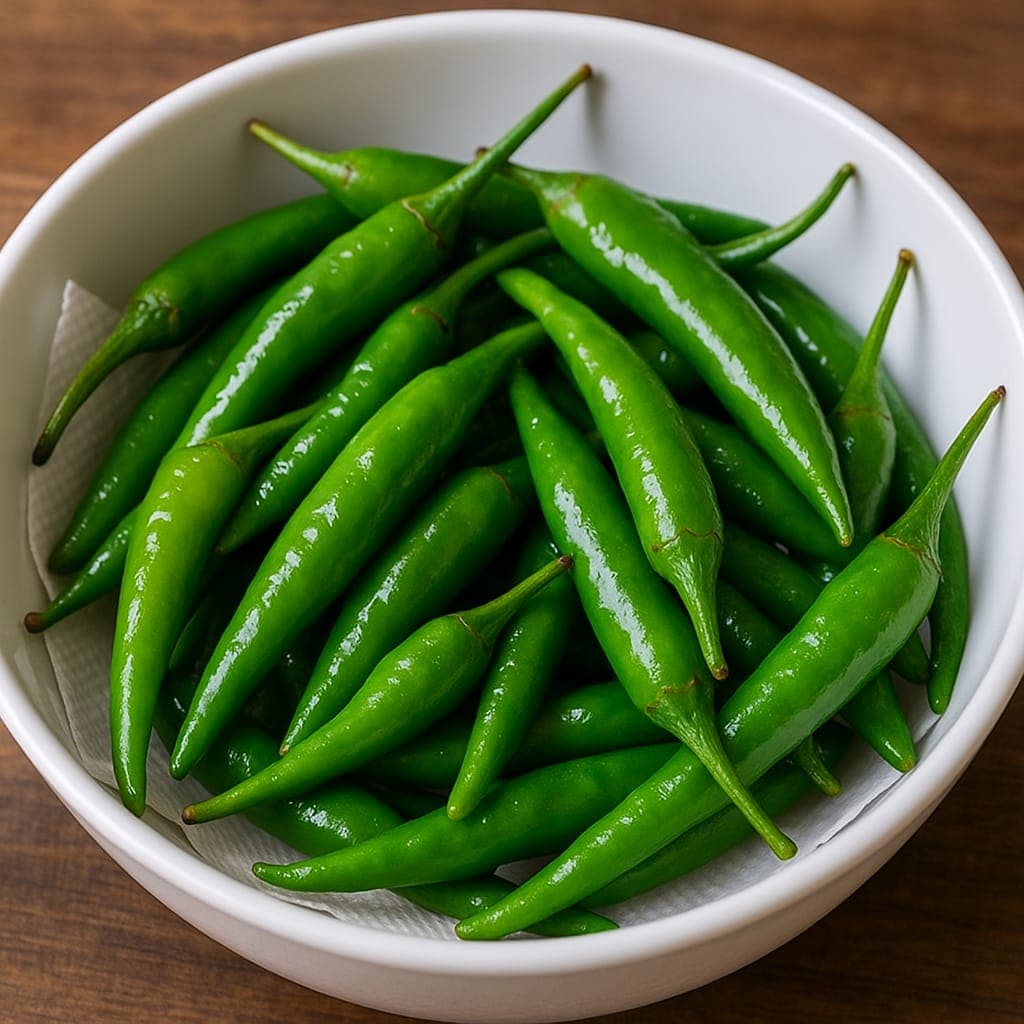A quiet green revolution is taking root, not in sprawling farms but in the modest balconies and terraces of urban homes. As the trend of home gardening gains momentum, more people are discovering how easy it is to grow green chillies in a pot, turning even a cramped apartment into a self-sustaining source of spice. (News18 Hindi)

Whether you’re a spice lover who adds a kick to every sabzi or simply someone seeking chemical-free produce, green chillies are an ideal crop to start with. No farmland or backyard needed. All you need is just a pot, some sunlight, and a little patience. The result? Crisp, vibrant chillies ready for harvest within weeks, grown with your own hands. (News18 Hindi)

Chilli plants don’t ask for much. They’re compact, thrive in limited space, and can flourish in pots as small as 8 to 12 inches in diametre. A basic container with drainage holes is all it takes, filled with a soil mix that balances nutrition and drainage – garden soil (50%), cow dung manure (30%), and sand or coco peat (20%). (News18 Hindi)

Seeding or sapling? For those who enjoy nurturing from scratch, chilli seeds from a fresh pod can be sun-dried and sown directly. For faster results, nurseries offer ready-to-plant saplings that will bear fruit quicker. What the plant does demand, however, is sunlight. A spot with at least 4 to 5 hours of sun a day is ideal. Watering should be moderate – every two days in summer, once a week in winter. Overwatering is a common mistake; chilli roots don’t appreciate soggy soil. (News18 Hindi)

Monthly feeding with compost or organic manure keeps the plant healthy. If leaves turn yellow or buds drop, a spray of neem oil can act as a natural pesticide. Dead leaves should be cleared regularly to prevent pests. (News18 Hindi)

Chilli plants begin flowering about 40 to 60 days after sowing. Once the chillies appear, frequent harvesting encourages more growth. A single plant can produce a surprising number of chillies if cared for properly. (News18 Hindi)

Timing also matters. The ideal windows for chilli cultivation in most parts of India are between March and June or September to November. Harsh winters and monsoons can stress the plant, though it can survive with some extra attention. (News18 Hindi)

Don’t stop at one. Cultivating multiple plants in separate pots ensures a steady supply. Gardeners can also try companion planting by growing chillies alongside tomatoes, coriander, or basil, which helps optimise space and enhances productivity. (News18 Hindi)

Scraping the topsoil lightly every fortnight improves air flow to the roots. And once the season ends, seeds from dried chillies can be saved for the next cycle, making it a sustainable loop of homegrown goodness. (News18 Hindi)

A potted chilli plant adds more than flavour, it adds life to your balcony. The glossy green leaves and vibrant pods make for a striking natural decor and there’s a unique joy in plucking a fresh chilli moments before adding it to the pan. (News18 Hindi)

At a time when more people are wary of pesticide-laden produce, growing even a small part of your own food is both empowering and therapeutic. So whether you’re in a high-rise apartment or a humble single-floor home, the next burst of spice in your curry could come not from the market, but from a corner of your balcony. (News18 Hindi)

Disclaimer: This article is based on general gardening practices. For personalised guidance, consult an agricultural expert or horticulturist. (News18 Hindi)


